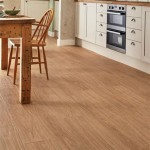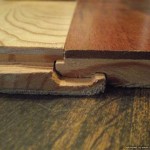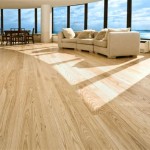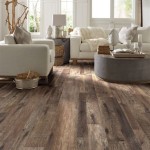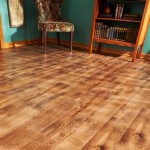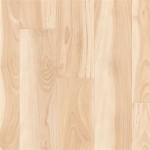Hardwood floors are a timeless and stylish addition to any home. An oil finish is a popular choice for hardwood flooring due to its natural, glossy look and durability. But it’s important to understand the different types of oil finishes available before making a decision. This article will explain the basics of hardwood floor oil finishes and how you can decide which one is right for you.
Types of Hardwood Floor Oil Finish
There are two main types of oil finishes for hardwood floors: penetrating oil and surface oil. Penetrating oil finishes soak into the wood, creating a natural, glossy look that is long-lasting and easy to maintain. Surface oil finishes, on the other hand, sit on top of the wood and provide a more durable finish that is scratch-resistant.
Advantages of Hardwood Floor Oil Finish
Hardwood floor oil finishes offer several advantages over traditional varnish and lacquer finishes. For example, oil finishes are much more durable than varnish and lacquer, so they are less likely to wear away over time. Oil finishes also have a natural look and feel, which can enhance the overall look of the floor. And since oil finishes are easy to clean and maintain, they are a great choice for busy homes.
Disadvantages of Hardwood Floor Oil Finish
Although hardwood floor oil finishes have many advantages, they also have some drawbacks. For one, oil finishes can be difficult to apply and require more maintenance than other types of finishes. Additionally, oil finishes do not provide the same level of protection against water damage as varnish or lacquer. So if you live in an area with a lot of moisture, you may want to consider a different type of finish.
How to Choose the Right Hardwood Floor Oil Finish
When it comes to choosing a hardwood floor oil finish, there are a few factors to consider. First, consider the amount of traffic that your floor will experience. If you have high foot traffic, a penetrating oil finish may be a better option since it will be more durable. If you have a low-traffic area, a surface oil finish may be more suitable. Additionally, you should consider the environment in which the floor will be installed, as some types of oil finishes are not suitable for humid climates.
How to Clean and Maintain Hardwood Floor Oil Finish
Cleaning and maintaining a hardwood floor oil finish is relatively simple. Regular sweeping and vacuuming will help keep the finish looking its best. For more thorough cleaning, use a damp mop with a mild detergent and warm water. Avoid using abrasive cleaners, as these can damage the finish. Additionally, you may want to occasionally apply a coat of oil to maintain the finish and protect it from wear and tear.
Conclusion
Hardwood floor oil finishes are a great choice for adding a durable and stylish look to any home. There are two main types of oil finishes, penetrating and surface, and each offers its own advantages and disadvantages. When deciding which type of finish is right for you, consider the amount of foot traffic the floor will experience, as well as the environment in which it will be installed. With the proper care, a hardwood floor oil finish can last for many years.















Related Posts


